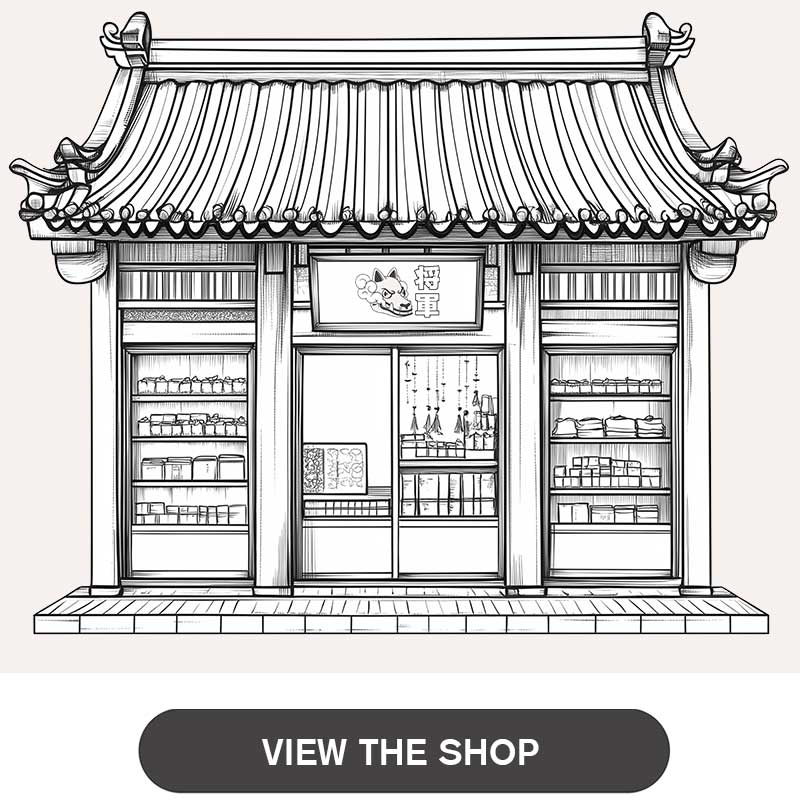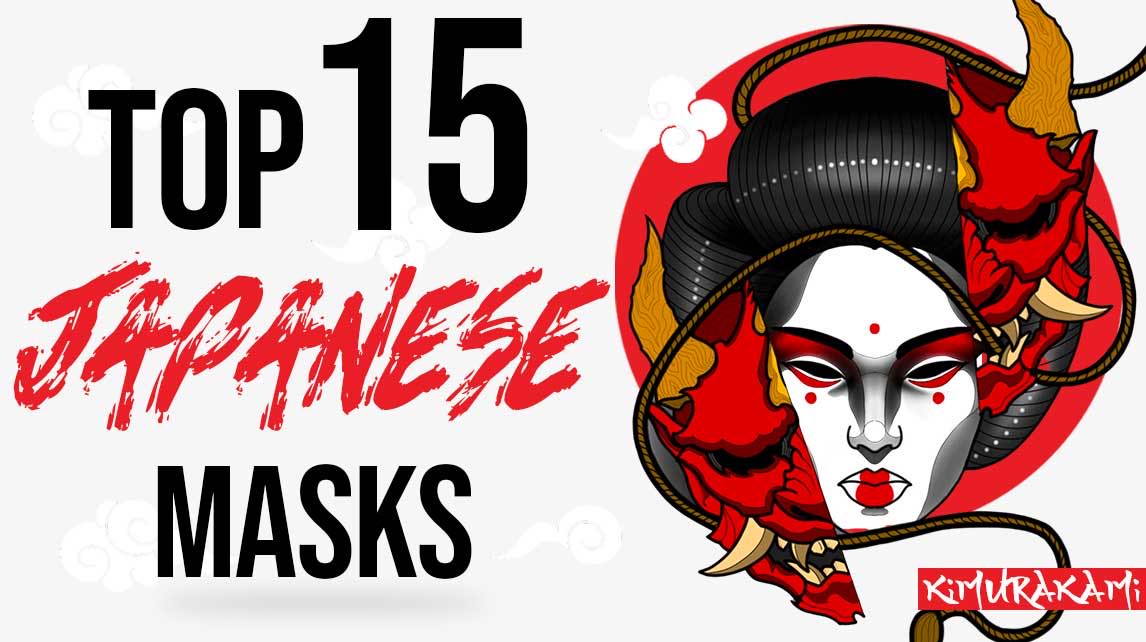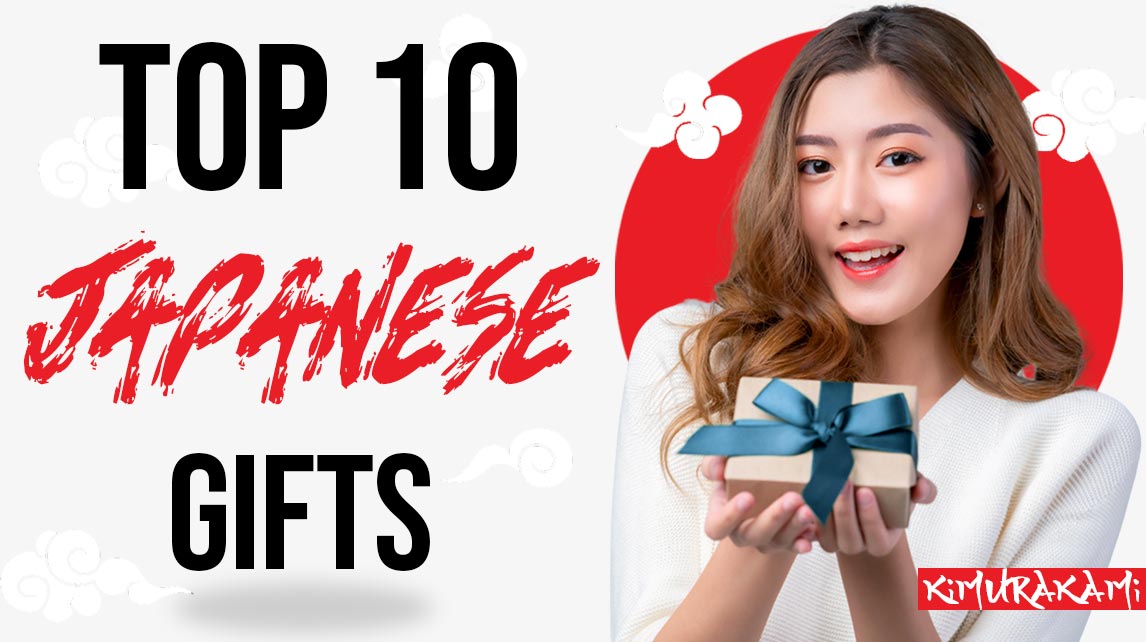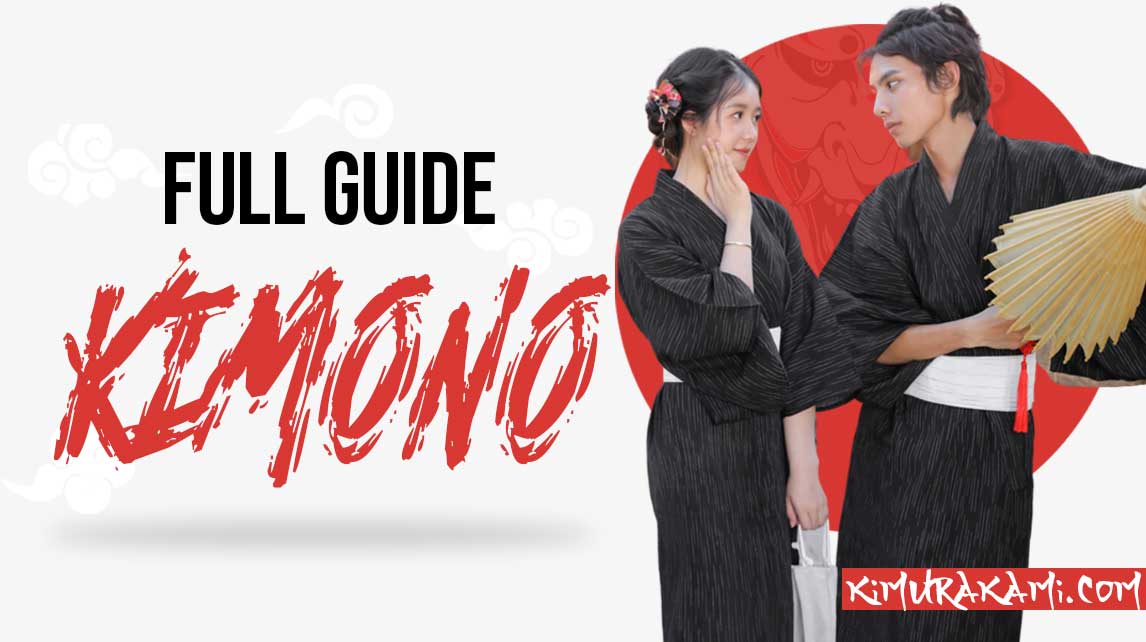The Japanese have a special relationship with nature, this is felt in their habits and customs. Indeed, they devote themselves to the observation of nature and its evolution over the seasons by integrating festivities around these punctual events: it is called Hanami.
From the hanami of Japanese apricot trees, commonly known as Ume, to momijigari the observation of red leaves, otherwise known as autumn, a look back at a custom that is deeply rooted in Japanese history and culture.
What does Hanami mean?

Hanami (花見) is a historical Japanese custom that literally means "looking at flowers." This matsuri Nipponese custom is centuries old and it consists of watching flowers as they bloom. Nowadays when we talk about hanami we very often talk about that of cherry trees called in Japanese.
The cherry blossoms usually bloom between late March and early April. Japan's many parks and gardens put on a lavish show at this time of year.
This phenomenon, which marks the beginning of spring, is popular with young people who come to watch the flowers change from a whitish hue to the pink color. Generally on the Japanese archipelago not just anyone is invited to go and watch the cherry blossoms. Indeed, even if this event is celebrated among friends, we often invite the chosen one of our heart. This custom has a great symbolism in this Japanese society that shows very little feelings in the public sphere.
So, one can enjoy a bento (an already prepared meal tray, similar to a picnic) accompanied by one's crush or dearest friends. Les adultes un peu plus âgés préfèrent l’ambiance et l’atmosphère du hanami des Ume (abricotiers), qui est généralement plus calme.
Where did the practice of Hanami come from?

As mentioned in the introduction, the practice of hanami is several hundred years old. According to historians and specialists of the archipelago, this practice would have started in the Nara period (710-784). During this time, Japan was heavily influenced by its Chinese neighbor, whether in culture, religion, architecture and even art.
The famous Tang Dynasty ruled the Middle Kingdom and imported the custom of appreciating and observing the blooming of flowers to the Japanese archipelago. The Japanese nobility began to practice what the Japanese call the kyokusui no utage, which can be translated as the meandering stream festival. Nobles would stand by the banks of a stream and practice poetry with a good cup of sake in hand.
Traditionally this festival was held on the third day of the third month of the luni-solar calendar which is early April on the Gregorian calendar. At this time, it is rather the hanami of the ume that is honored. The time of glory of the cherry trees will come after during the heian period (794-1185). Indeed, it was from this time that sakura began to attract attention.
The blooming of sakura sounded the season for planting rice. According to the beliefs of shintoism, certain elements of nature such as stones and trees house Kami. This is why during the festival of streams at the blooming of sakura trees, Japanese people made offerings at the foot of sakura trees.
Subsequently, still in the Heian period, during the reign of Emperor Saga, this custom gradually became a festivity. Called contemplation festivals, these hatchings were accompanied by refined food with the traditional sake as a drink both for the guests and as an offering to the kami. This custom was originally limited to Japanese high society, such as the imperial court in Kyoto.
Subsequently, this practice spread into samurai society. During the Edo period (around 1600) these customs spread to the common people. Sitting under a sakura is a very popular activity for Japanese people even today. Enjoying a sake surrounded by friends under a cherry blossom tree is an integral part of Japanese culture.
Hanami and Japanese Art

Hanami has a prominent place in Nipponese art. This practice is very present in many artistic disciplines such as painting, poetry and theater. Japanese poetry and theater are intimately connected with sakura and hanami. The blossoming of cherry blossoms is a very strong symbol in Japanese culture.
To begin with this time of year symbolizes renewal and is associated with birth. In addition to this image symbolizing birth and the return to life, Hanami is the equivalent of Carpe Diem in Western literature. That's right, cherry blossoms, those beautiful young flowers symbolize the ephemeral side of beauty. Beauty is not eternal and sakura trees are the perfect example of this.
On the other hand, hanami has a very important place in Asian literature and Japanese poetry. Indeed, this time was conducive to the creation and sharing of these often sung poems. At that time, poets like Ono no Komachi or Basho Matsuo practice Tanka (短歌) and Haiku (俳句). These forms of poetry link the word flower to the word sakura and the practice of hanami. They associate this word with a time of relaxation, sharing and joy. This word association highlights the evanescence of certain things such as beauty, time or even feelings.
This highlights the importance of this event in the culture and customs of the archipelago. Hanami and the depiction of cherry blossoms can also be found in ukiyo-e (浮世絵) and especially in the so-called seasonal paintings. These paintings often feature the flowering of sakuras. They also feature actions of daily life or famous landscapes in Japan.
In these artistic representations the cherry tree is frequently depicted. Once again the blossoming of the cherry trees is used to highlight the ephemeral nature of beauty and the evanescence of life.
Where to observe Hanami in Japan?

The Cherry Tree Association of Japan called in Japanese Nihon sakura no kai, established at the end of the 20th century a list that catalogs the most beautiful Japanese sites where one can observe Hanami. In this list we find nearly one hundred places very famous on the archipelago for the beauty of sakuras in bloom.
The most beautiful sites are not necessarily in Japanese megacities. In fact, many of these places can be found in the four corners of the archipelago. This shows how much this custom is a social festival that unites the Japanese around a single event. In this list we find sites on the four major Japanese islands namely : Hokkaido, Honshu, Shikoku and Kyushu.
For the northern island of Hokkaido, one of the places recommended by this list during the cherry blossom blossom season is Matsumae Castle: on the road to Nijukken there is an exceptional alignment of several hundred Sakuras.
For the island of Honshu one of the most famous places is Hirosaki Park, called Hirosaki-kōen in Japanese. It is a huge park of more than 50 hectares where the dungeon of a 200 years old castle is located. The moat allows you to go pedal boating while observing the approximately 2500 sakuras in the park.
On the island of Shikoku there are several parks that take center stage. Indeed, there are no less than 5 parks on located in this region of the land of the rising sun. There are Kotohiki Park located in Kannonji, Kagami No Park located in Kami, Makino Park located in Sakawa and Seibu Park located in Tokushima city.
Concerning Kyushu Island, the southwesternmost island of the country, there are also many ideal places to experience Hanami. As for Shikoku island, there are many parks, but not only! There is also a famous fortified castle called Kumamoto shiro which can be translated by Kumamoto castle. Finally in Mizukami you can observe the Japanese cherry trees at the edges of the Ichifusa dam which gives rise to a sensational panorama.
When do Japanese cherry trees bloom?

As mentioned earlier in the article, the hanami period takes place between late March and early April. But since the archipelago is relatively large, the dates can vary depending on the geographical position in the country.
In fact, in the far south of the country, the flowering of sakura begins as early as the end of January. You can admire sakuras at this time in Okinawa Prefecture. Conversely in the north of the country, on the islands of Honshu and Hokkaido the flowering period closes at the end of May.
To be warned in time of this so-called bloom, the Japanese have a unique tool. They follow the flower weather in order to know the "full bloom" and this no matter where you are. Called sakura zensen, this tool is basically the weather report of the cherry blossom. Pretty crazy isn't it?
After the blooming there is what the Japanese call the Mankai i.e. the full bloom. This time is a major event in the year for the Japanese because it symbolizes the culmination, the pinnacle, the peak of all beauty!









Leave a comment